In January 2022, we launched the Observatory of Amazonian Fruits and Climate Change in the Amazonian department of Pando, Bolivia. The Observatory is the culmination of a 10-month project in collaboration with local Bolivian organizations such as the Inter-Institutional Platform for Articulation of Productive Complexes of Amazonian Fruits (PICFA) and the Departamental Federation of Açai and Amazonian Fruit Harvesters of Pando (FEDAFAP) that focuses on strengthening the management of non-timber forest products in the Bolivian Amazon rainforest such as açaí, Brazil nuts, cacao and copoazu. Not only do non-timber forest products help prevent deforestation by elevating the value of standing forests, but the diversification of fruits also helps local communities mitigate and adapt to climate change while strengthening their income.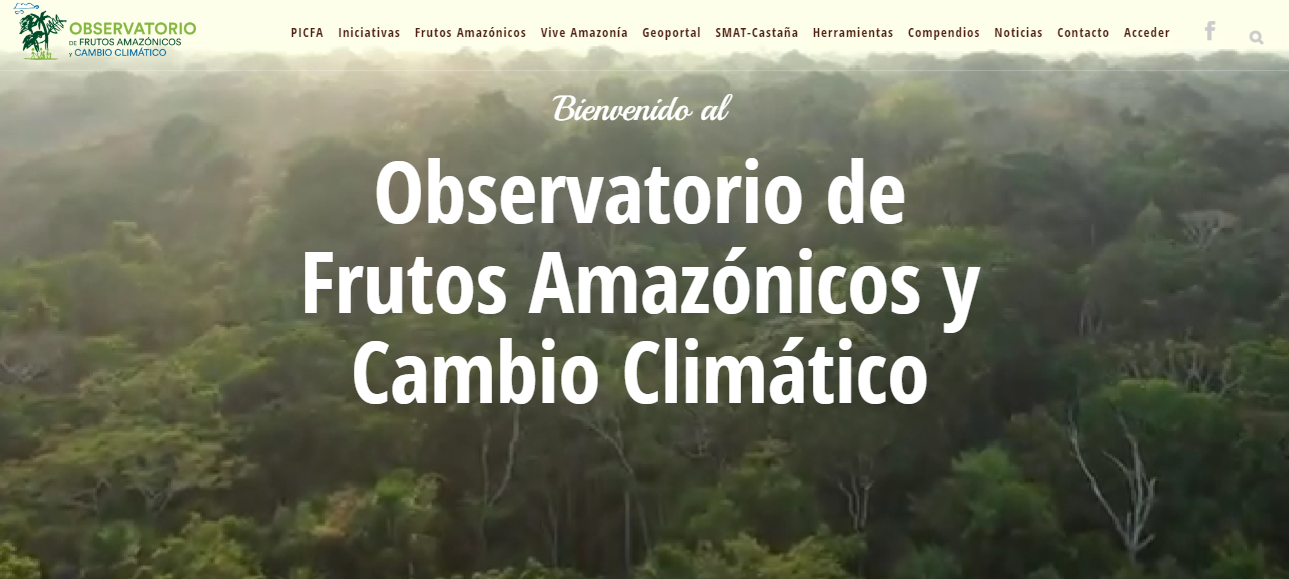
The Amazonian Fruits and Climate Change Observatory is a virtual repository that compiles and shares important information on Amazonian forest products such as Brazil nuts, açaí, cacao, copoazu, majo, and royal palm. Additionally, GIS specialists at the observatory utilize high-resolution satellites to monitor the effects of climate change and the state of the forests in the region. The Observatory also produces market research on the value chains of the region’s main Amazonian fruits and works to develop tools that allow the socio-economic monitoring of a specific harvesters’ initiative and production. Users are also granted access to a compilation of documents with information relevant to climate change and forest-sector-related public policies.
Through the Observatory of Amazonian Fruits and Climate Change, local producers are able to access and share important information, giving them the latest tools, research, and processing protocols to ensure that their products are competitive and reach their highest market-value potential. To spread awareness and build capacity among local communities in utilizing this platform, we have hosted events for producers and harvesters in Pando to provide training and space to share critical solutions that help these communities adapt to the changing climate that increasingly impacts the primary livelihoods for many in the region.
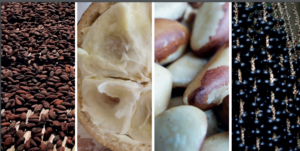 In June, we hosted a webinar that had more than 100 participants from across Pando who joined to learn how to access and utilize the resources, information and technology available through the Observatory. Through the webinar, we also introduced a user’s guide for how to best utilize the Observatory of Amazonian Fruits and Climate Change, which can be accessed in Spanish here. We also presented important research that corrects misinformation about the link between açai and the parasite causing Chagas disease in the region, which helps establish early detection measures to control and prevent the spread of diseases like Chagas in the processing of Amazonian fruits.
In June, we hosted a webinar that had more than 100 participants from across Pando who joined to learn how to access and utilize the resources, information and technology available through the Observatory. Through the webinar, we also introduced a user’s guide for how to best utilize the Observatory of Amazonian Fruits and Climate Change, which can be accessed in Spanish here. We also presented important research that corrects misinformation about the link between açai and the parasite causing Chagas disease in the region, which helps establish early detection measures to control and prevent the spread of diseases like Chagas in the processing of Amazonian fruits.
In Pando, the Observatory stands to directly benefit around 87,500 people linked to the harvest of Amazonian fruits, including indigenous and local communities, and nine local enterprises. Thanks to this important center for research and and information sharing, deforestation and destructive harvesting techniques are comparatively low in Pando when compared to surrounding regions of the Amazon, making Pando a refuge for lowland wildlife and forest species.
This project would not be possible without the support of the EUROCLIMA+ program. For more information about the Observatory of Amazonian Fruits and Climate Change, please visit the website here.

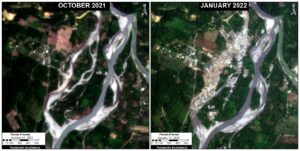
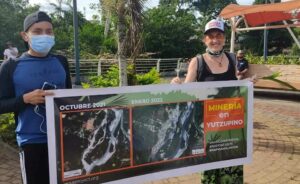
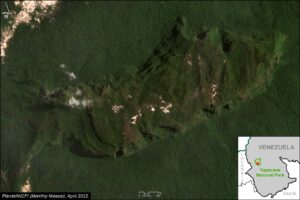
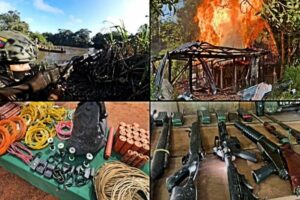
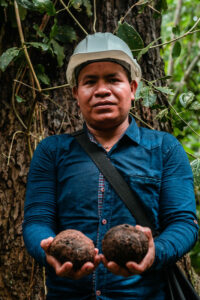
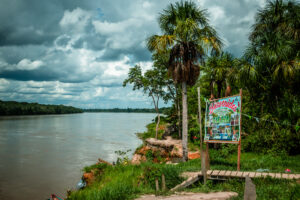
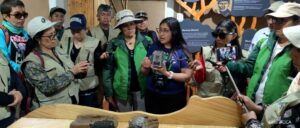
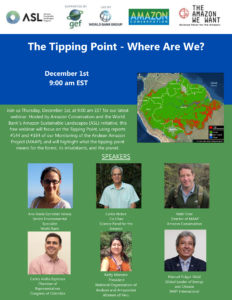
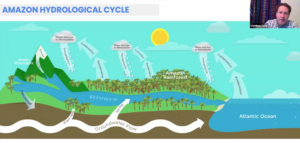
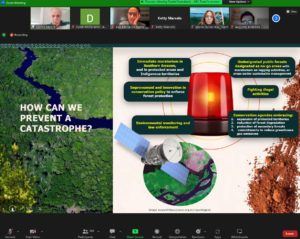
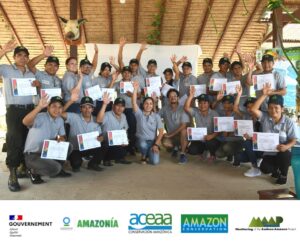 As part of our approach to employ science and technology for conservation, we provide satellite training to the next generation of conservation heroes so they can use this cutting-edge technology to patrol their forest homes quickly, safely, and cheaply. After 7 months of training in satellite monitoring, 23 indigenous youth in the Bolivian Amazon successfully completed the course and made final presentations of their theses.
As part of our approach to employ science and technology for conservation, we provide satellite training to the next generation of conservation heroes so they can use this cutting-edge technology to patrol their forest homes quickly, safely, and cheaply. After 7 months of training in satellite monitoring, 23 indigenous youth in the Bolivian Amazon successfully completed the course and made final presentations of their theses.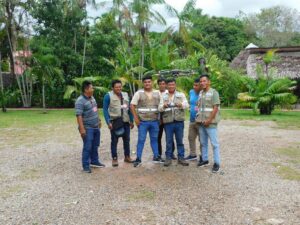
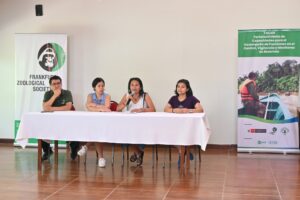
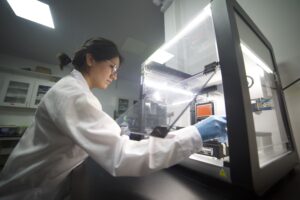 All of our biological stations in Peru feature laboratories equipped with cutting-edge technology for scientists and students to conduct research.
All of our biological stations in Peru feature laboratories equipped with cutting-edge technology for scientists and students to conduct research.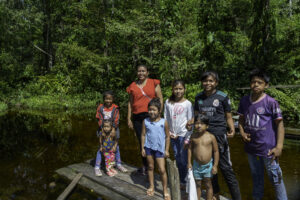
